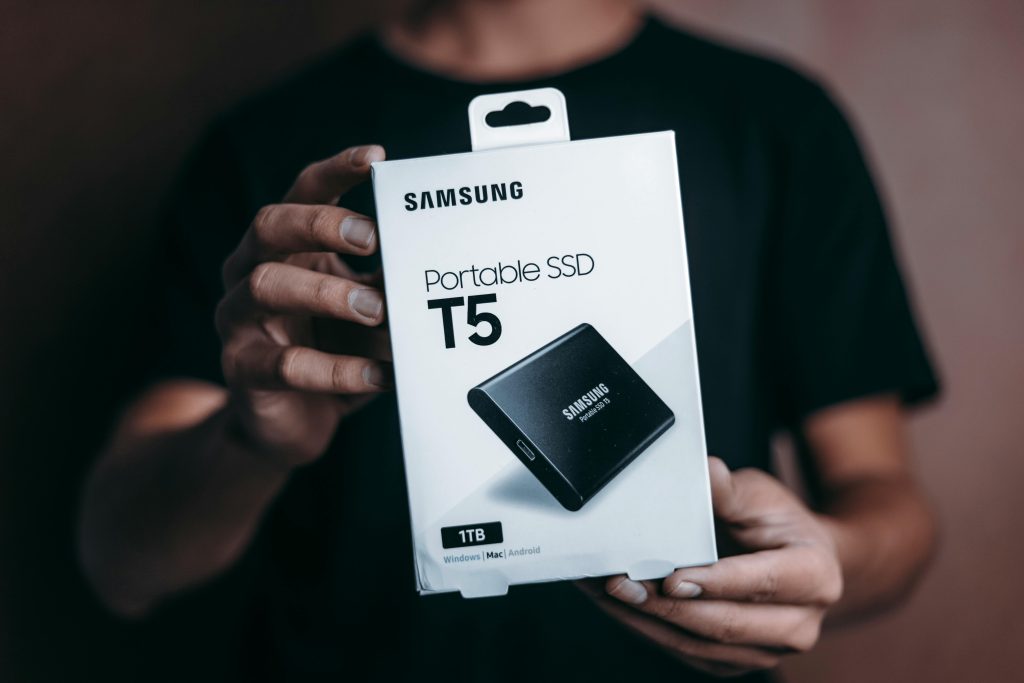Understanding Repeated Website Blocks by the AT&T Smart Home App: What You Need to Know
Recently, some users have noticed persistent notifications from the AT&T Smart Home App indicating that it is blocking access to certain websites. One such incident involved the app blocking a URL related to “ASUSTEK Computer” attempting to access www.xiidra.com—a site associated with prescription eye drops. This raised questions about the security and behavior of home networks, especially when devices or routers are mistakenly flagged or compromised.
What Triggered the Notifications?
In this particular case, the user received approximately 15 alerts notifying them that the AT&T Smart Home App had blocked “ASUSTEK Computer” from reaching a potentially malicious URL. Interestingly, the affected website, xiidra.com, is known for providing pharmaceutical information and is unrelated to any searches or browsing activity the user had conducted.
Additionally, the user observed that the computers connected to the router were turned off during the night, and the smartphones of the household members were not actively being used at the time of these incidents. This raises important questions about the source of such network activity and why the app would classify the router—or device—related to it as a threat.
Why Is the App Labeling the Router as a “Computer”?
It’s common for security monitoring tools to categorize network devices based on their functions and the traffic they generate. Sometimes, the router itself may be identified as a “computer” or “device” due to its IP address and the nature of the network connections it manages. This classification can lead to alerts if the router attempts to access or is targeted by certain URLs.
Could Your Router Be Compromised?
While the notifications might seem alarming, they can sometimes be false positives or stem from legitimate but misunderstood network activity. However, if a router is acting unexpectedly—such as attempting to access suspicious websites—it’s worth investigating for potential malware infections or security breaches.
Signs your router may be compromised include:
- Unusual network traffic or activity logs.
- Unauthorized changes to router settings.
- Repeated attempts to access unknown or suspicious websites.
- Slow or inconsistent internet performance.
Steps to Securing Your Network
If you suspect your router might be compromised, consider the following actions:
- Update Firmware: Ensure your router’s firmware is up to date to patch known vulnerabilities.
- Reset to Factory Settings: Reset your router to its default configuration and reconfigure it securely.
- Change Passwords
Share this content:

